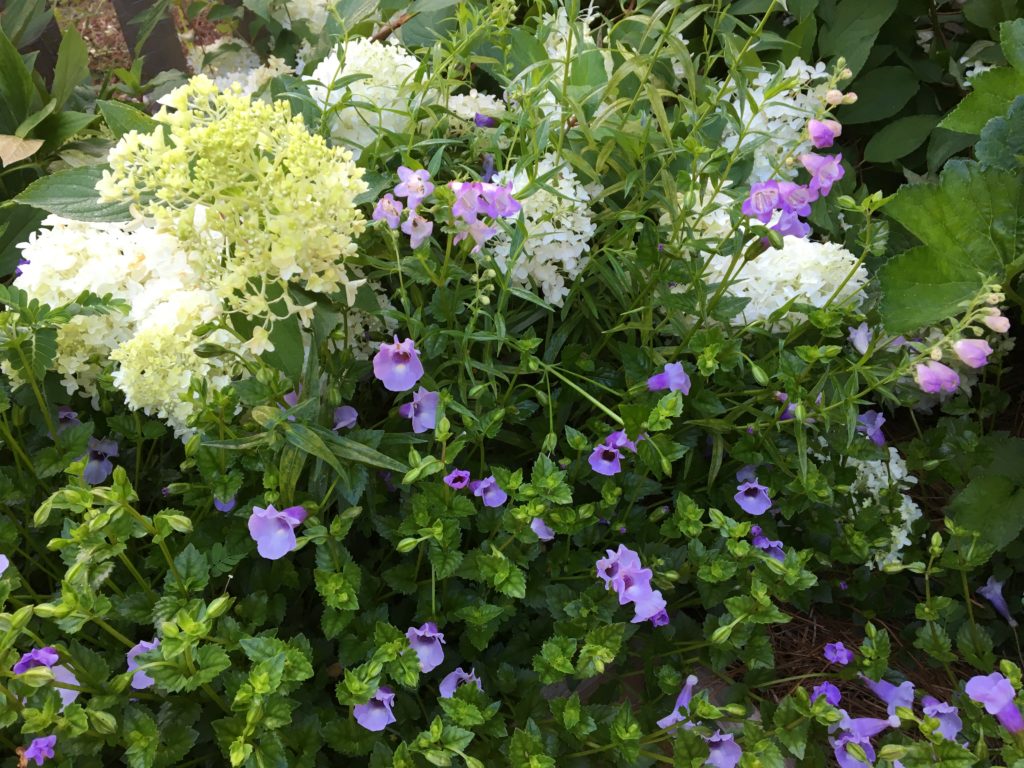
Learning to garden in the South has its challenges. I’ve written many times about my first attempts at gardening in sticky red clay. Having moved to Georgia from the Midwest, where my garden soil was a rich, brown loam, I didn’t have much success gardening here until I understood that some plants thrive in acidic clay soil, while others hate it.
Even today, after living in Georgia for many years, and working in the landscaping industry, I am sometimes guilty of putting plants in my shopping cart without doing a few minutes of research to be sure they’ll be happy in my garden. Let me explain the many ways I’ve gone wrong in the last few years:
- There is a wonderful plant offered at my favorite specialty plant nursery and I assume it will thrive in our area, otherwise why would they have it for sale?
- Perennial ABC is a member of the XYZ plant genus, and I’ve grown so many of those. I’m sure they’ll be the perfect addition to my sunny border!
- Annual ABC is such a common plant. I know it will be just fine, so let me buy three since they’re on sale!
- Look at this beautiful perennial that is drought tolerant, deer proof, AND has flowers in that gorgeous apricot tone. It will look amazing paired with those blue-green foliage plants!
I blame this embarassing situation on the pandemic. In 2020, like many people, I made some impulse purchases. I ordered lots and lots of bulbs and plants on the web to keep my spirits up, and then purchased even more plants at the garden center “to experiment with” when curbside check-out was a thing. That year I clearly lost my way, but thankfully plant purchases don’t break the bank, and now that I’m seeing things more clearly, I’m trying to get back to basics.
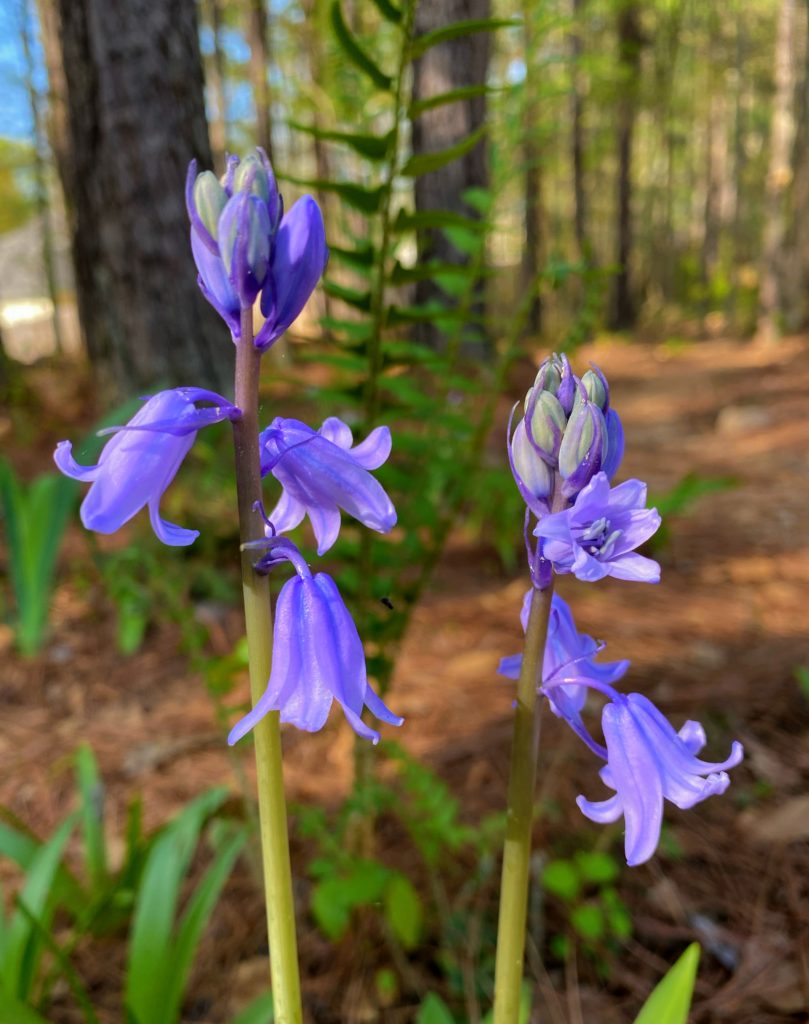
I need plants that will thrive in my heavy clay soil with a pH level that falls in the acidic range. If I fall head-over-heels for a perennial that loves alkaline, free-draining soil, it will inevitably end up in a container or in one of my raised beds with neutral soil, but the vast majority of the plants I choose for my garden must thrive in clay that has been amended to loosen it up. They also must be deer resistant, a requirement which often throws a wet blanket on my garden fantasies.
Here are my thoughts on a few of the perennial plants I’ve experimented with over the last few years:
Irises
I purchased the very pretty Iris sibirica ‘Paprikash’ this spring, and have just ordered more to plant this fall as they’ve done fine in a mixed border with decent drainage. This impulse purchase gets a thumbs up. I like the strappy foliage of these irises and the blooms are unusual. I’ll be planting another Sibirian iris called ‘Caesar’s Brother’ in a consistently damp area of my garden. Siberian iris should work well in many areas of my garden with damp or average soil that is slightly acidic, so after years of telling myself I’m not an iris person, I’ve seen the light.
Salvias
I’ve planted many types of salvias, and two years ago I made the mistake of assuming that Salvia greggii, which thrives in my Mom’s Texas garden, would love the gravelly, well-drained soil in a section of my back garden. Not so much. These particular salvias just don’t look that good by the end of summer, and after doing a few minutes of research, I realized my error. They prefer to grow in rocky, alkaline soil. Rather than put them on the compost pile, I’ll pot them up this fall and try to grow them in containers with a little grit added. I won’t buy this type again, even if I’m tempted by a pretty new cultivar.
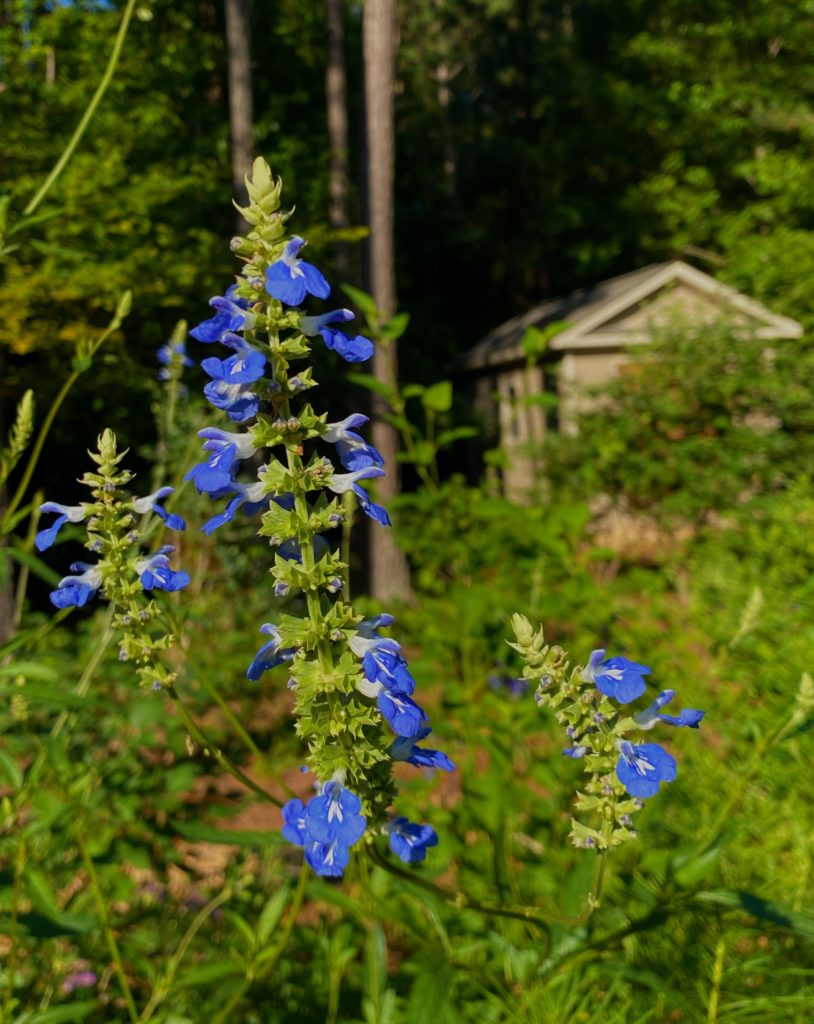
On the other hand, I do have some salvias that are doing well. The brilliant blue Salvia uliginosa, or bog sage, loves the slightly mucky soil at the bottom of a slope in one of my borders. It is tall, but looks good toward the front of the border because of its open habit. Not everyone is going to love this plant, but it’s a winner in my book.
Salvia guaranitica ‘Argentina Skies’, with its gorgeous sky blue flowers, is a favorite of mine, and it also seems to be doing fine in average clay soil.
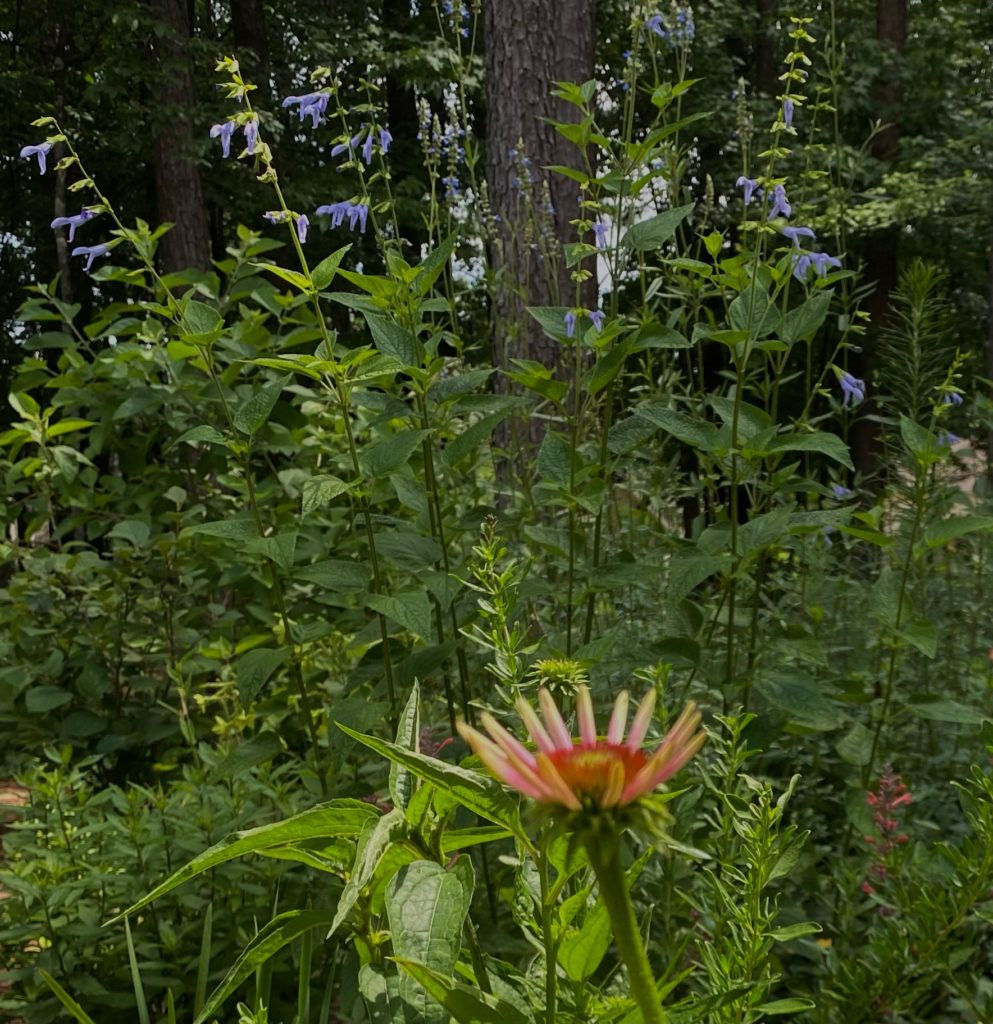
‘Skyscraper Pink’, a salvia hybrid, is a hummingbird favorite, and every summer I must have it somewhere in my garden. I’ve not had success overwintering it, likely because I’ve tried to moved it in fall, which was a mistake. Fingers crossed it will come back next year if I don’t mess with it. If not, I’ll likely order more because it works so well in my garden from spring until frost.
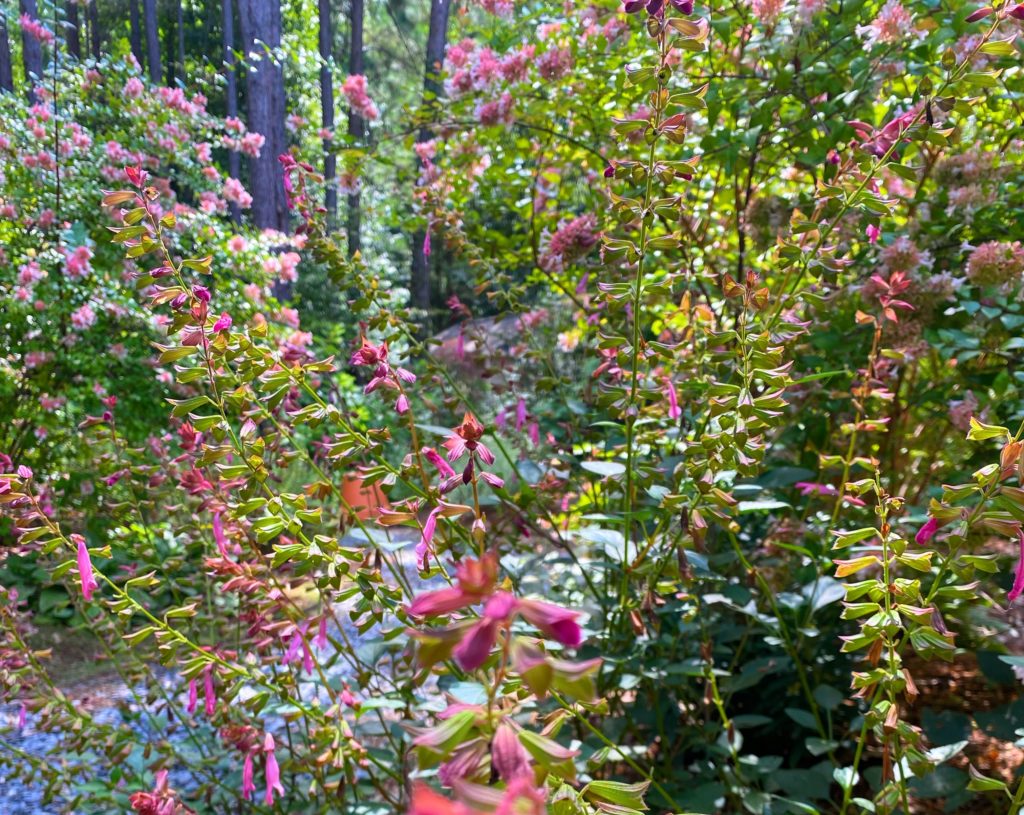
Salvia nemorosa ‘Caradonna’ and ‘Bumblesky’ were two varieties that I ordered as plugs at the beginning of covid, and I do like them, however, they need excellent drainage and they don’t bloom all summer here as they do in other parts of the country. They seem happiest in my raised beds, which is not where I intended to use them, so I finally moved them to a mysterious spot in my garden where the soil seems more loamy. I may keep them in place to see how they will do over the next few years, but I don’t know if I would purchase more.
Foxgloves
In the last two years I’ve grown biennial foxgloves and a hybrid perennial variety called ’Arctic Fox Rose’, which does well in my garden, though it is not as tall as other types and perhaps not as showy. It does bloom reliably from spring until fall, though spring blooms are the nicest. All are happy in my amended clay in areas with decent drainage. I will always have a foxglove of some sort in my garden. I love to find a bumblebee sleeping in one of the blossoms.
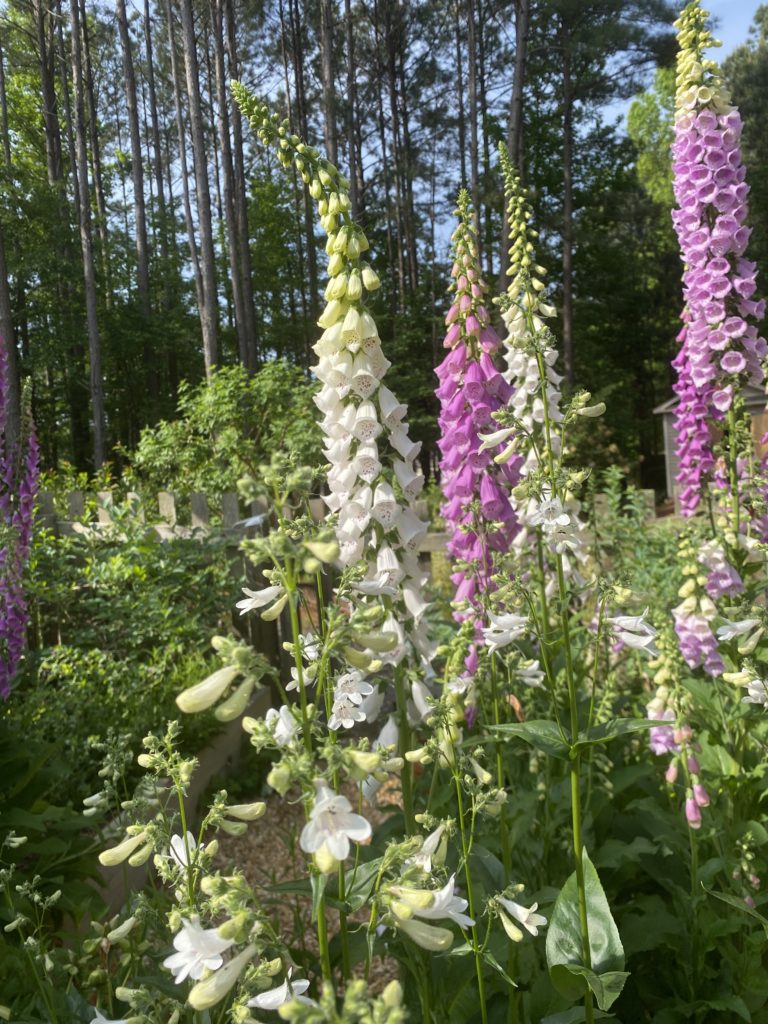
Coreopsis
I’m trying the Coreopsis verticillata ‘Crème Caramel’ this summer, mostly because of the peachy apricot blooms. I’ve never been in love with this genus of plants, possibly because many of the cultivars I see are variations of yellow, but I’m enjoying this one a lot and will either propogate it or order more next year.
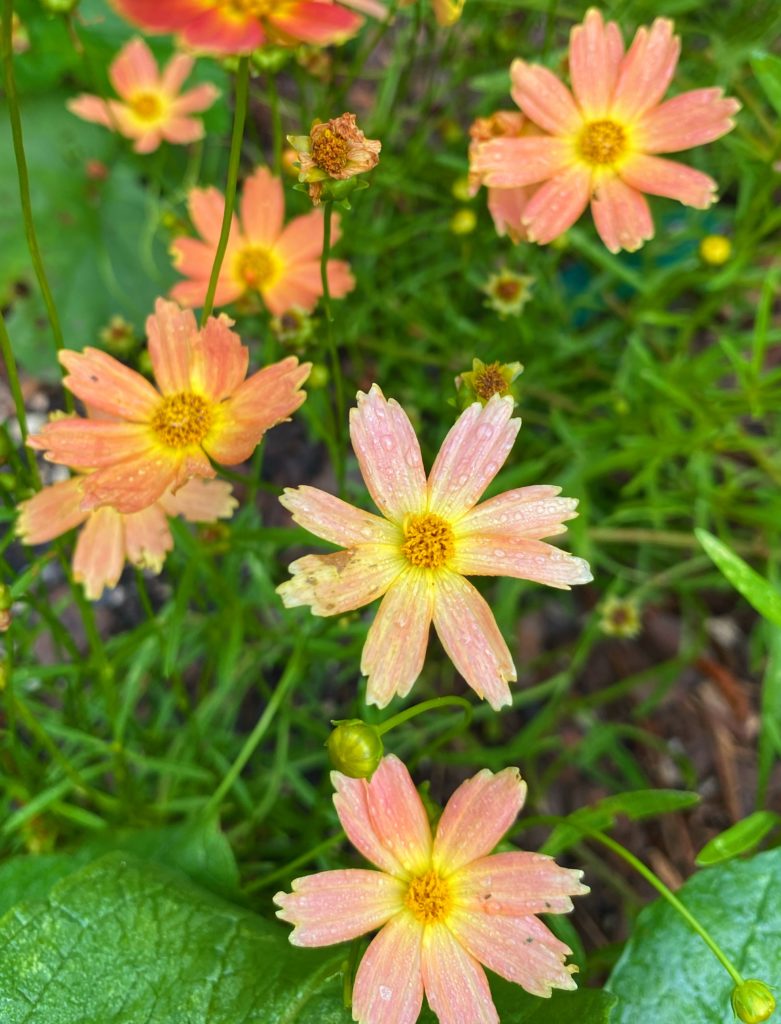
Chinese Foxglove
Rehmannia angulata was an impulse purchase late last summer at my favorite independent nursery in Atlanta, Garden*Hood. I planted this treasure in a new flower bed and it bloomed happily in late spring this year, but I noticed it was struggling a bit by mid-summer, so I rescued it and put it into a raised bed with good drainage where some of my fussier plants live. It might have been fine in the mixed flower border, but considering the drought we were having at the time I didn’t want to chance it.
I will allow it to take up some valuable real estate in two places now that it is producing offshoots by runners, placing it in raised beds with neutral soil, which is what it prefers. If soil pH is too high or too low this foxglove cannot take up nutrients, according to the information I’m finding on the web. This month the Chinese foxglove, and her many children, are luxuriating in their beds of neutral soil, which means that I can soon share them with some friends. I love it when a plant tells me exactly what it wants.
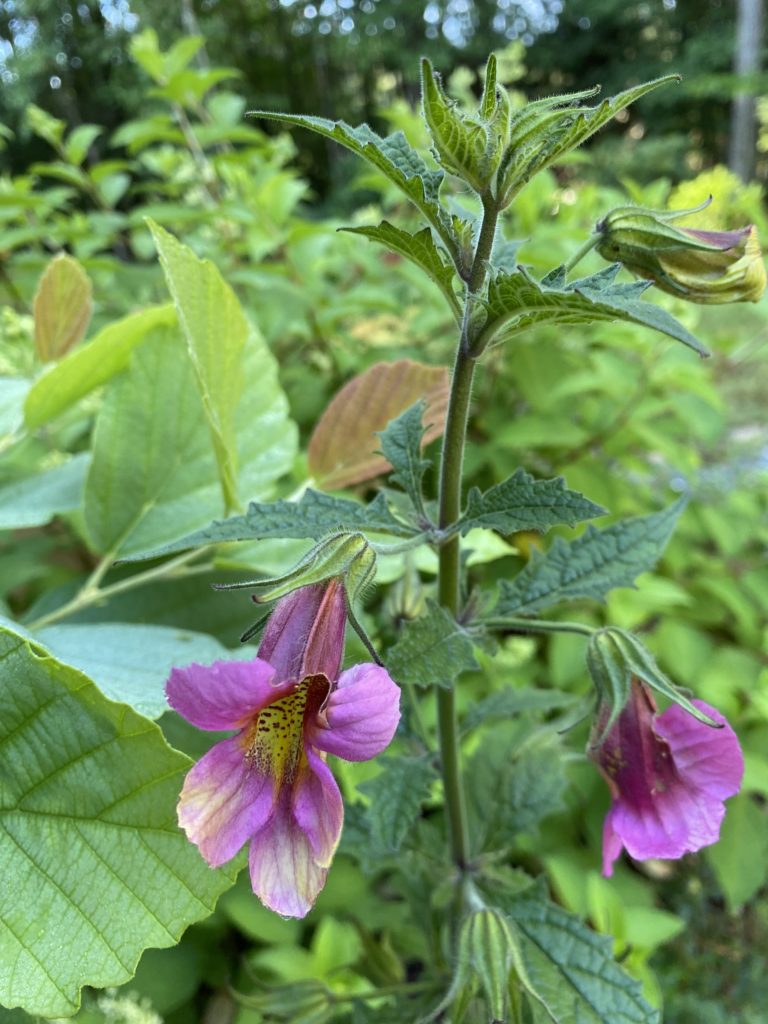
Asian Aster
Aster ageratoides ‘Ezo Murasaki’ or Asian aster, purchased in fall 2020, is galloping across my largest garden border and I will probably let it have its way, at least for now. It’s happy growing in slightly damp, amended clay, in lots of sun, and has just begun to bloom this week. I was warned that it might spread up to 8 feet, but I was looking for something the deer and rabbits both would ignore, and I love the tiny purple blossoms with yellow centers. I cut it back a bit in July to keep it from getting taller than I want it to be, but I could have left it alone. I love the gently mounded form of this plant. Other asters I’ve grown always seem a bit awkwardly shaped by fall, even if I cut them back in summer, most likely because the rabbits have been gnawing on them repeatedly. The asian aster seems to be less tasty to my four-legged friends. This purchase also gets a thumbs up.
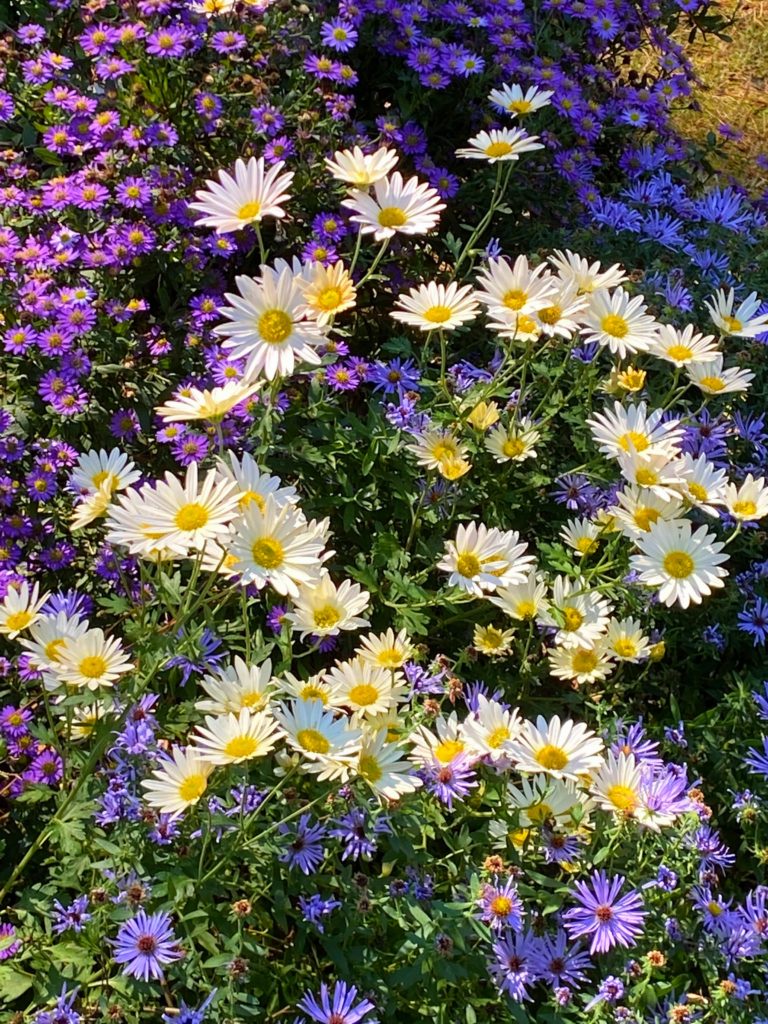
Pale Purple Coneflower
Last fall, inspired by the Kelly Norris book, New Naturalism, I ordered 35 plugs of Echinacea pallida, a native coneflower with pale lavender, drooping florets. I think they look beautiful in a natural setting with grasses and other native plants, and I was anxious to try some in an area of my garden where I’m trying to create a meadow-like planting, though I don’t aspire to anything remotely close to the meadows of the midwest. Plugs are very tiny plants, and I knew there was a chance some would be lost as these would be sited in prime deer browsing territory in my garden. I also knew it would take a year or two for them to bloom. Thankfully the deer are not interested in these coneflowers, which have rather coarse, hairy foliage. (The rabbits, however, think they’re delicious, so that’s a problem I will have to work on.) I’ll definitely order plant plugs again someday, as they are much more cost effective than one-gallon plants for a large area. If you’re interested in learning more about plant plugs, check out Izel Native Plants on the web.
Since 2020 I’ve had great fun experimenting with new perennials, shrubs, and bulbs, but every party must come to an end. I’m thankful that I had my garden to distract me during the worst months of the pandemic, and I’ve learned a lot. This fall I’m determined to do my research before any mysterious new plant, no matter how beguiling, lands in my shopping cart. I may fall off the wagon on occasion (possibly when visiting Plant Delights in Raleigh next month), but for the most part I vow to stick to the plants most likely to thrive in my clay soil. I hope I’ve inspired you to try some new things, but also to do your research when a new plant tempts you at the garden center. Happy Gardening!